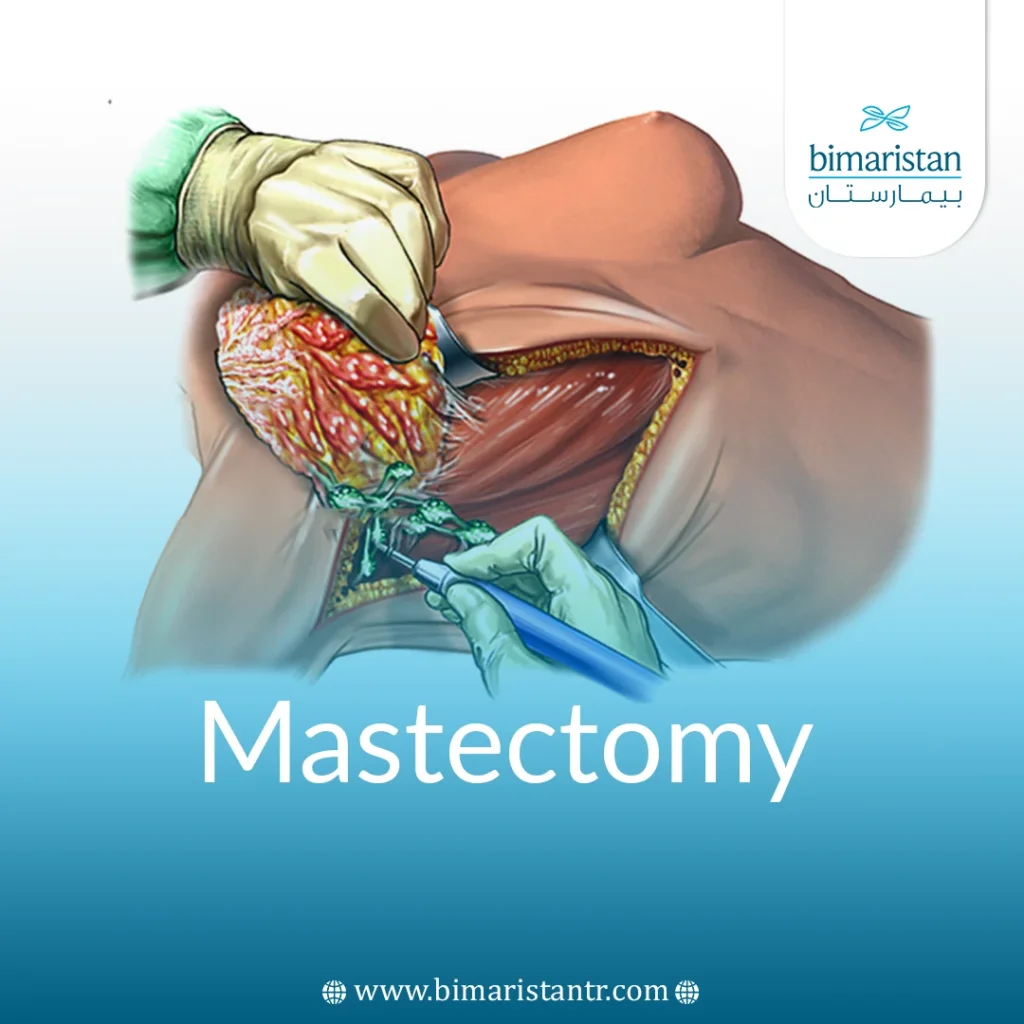A mastectomy is an operation in which the breasts are removed as a cause of a tumor or cancer, and many breast cancer patients have undergone successful mastectomies in Turkey.
Whether you have had breast cancer or one of your relatives or friends has had it, you need to know when a breast cancer patient will need to undergo a procedure. Breast cancer is the most common type of cancer in the world and is the most common reason for breast amputation in women.
In our article, we will learn about 5 types of this procedure, how it is performed, and the most important harms that may accompany it.
Mastectomy
It is one of the preventive or therapeutic methods for malignant breast cancer. Alternative options for this operation include removing only the cancer mass while preserving as much healthy breast tissue as possible.
It may be difficult to choose between removing the entire breast or preserving it, especially since both options are effective in treating breast cancer and preventing it from recurring.
Although conservative treatment may seem better from a cosmetic standpoint, it is not suitable for all women.
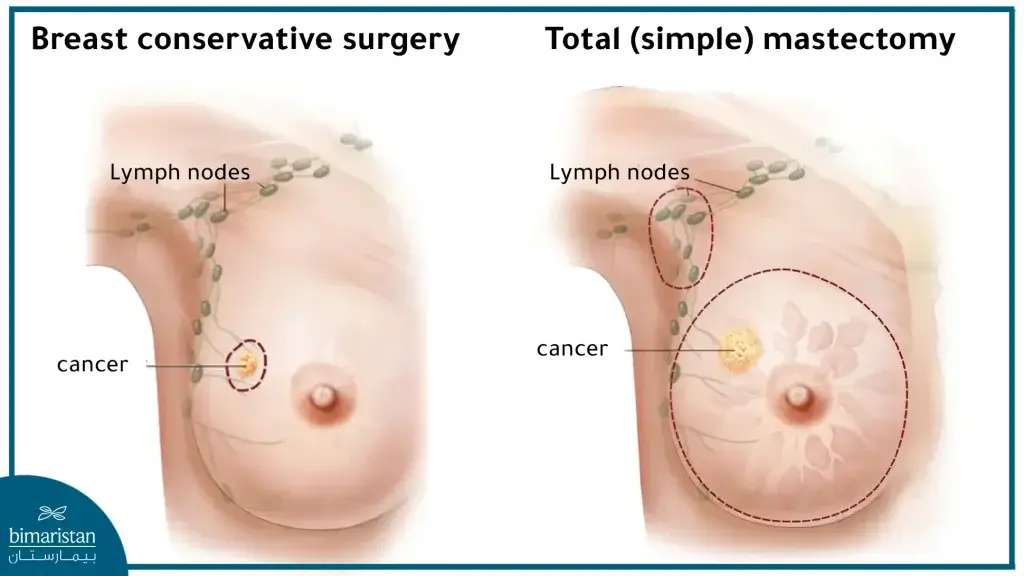
Modern techniques seek to preserve the appearance of the breast after the operation. The operation in which the appearance of the natural breast is restored is called “breast reconstruction,” in which an artificial breast is placed to maintain the appearance after the cancerous breast is removed. It can be performed during the surgery or at a later time.
The success rate of breast cancer surgery to treat cancer is high, as more than 80% of women who underwent mastectomy after cancer were able to live for ten years after the operation, as foreign studies have shown.
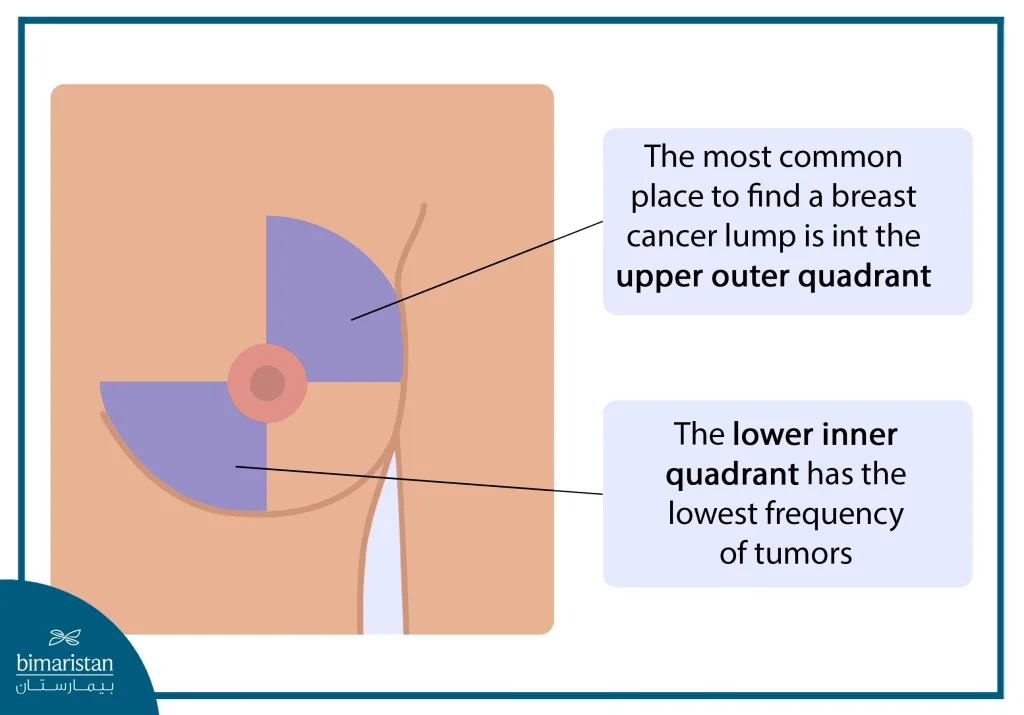
Reasons for breast cancer surgery
It can be performed to treat cancer in women with breast cancer in Turkey in the following cases:
- When the patient cannot be treated conservatively with lumpectomy without the complete type If the breast cancer is large or occupies the center or more than one area of the breast.
- When radiotherapy or heat therapy fails to treat cancer or cannot be used due to the patient suffering from a connective tissue disease such as scleroderma or lupus.
- When the patient prefers a complete mastectomy over a benign breast tumor only so that the condition does not develop into breast cancer, Especially when she has one of the genes associated with breast cancer, such as BRCA1 or BRCA2.
- Patients with a high risk of breast cancer may choose to have a prophylactic double mastectomy (removal of both breasts).
- Cases of inflammatory breast cancer or Paget’s disease.
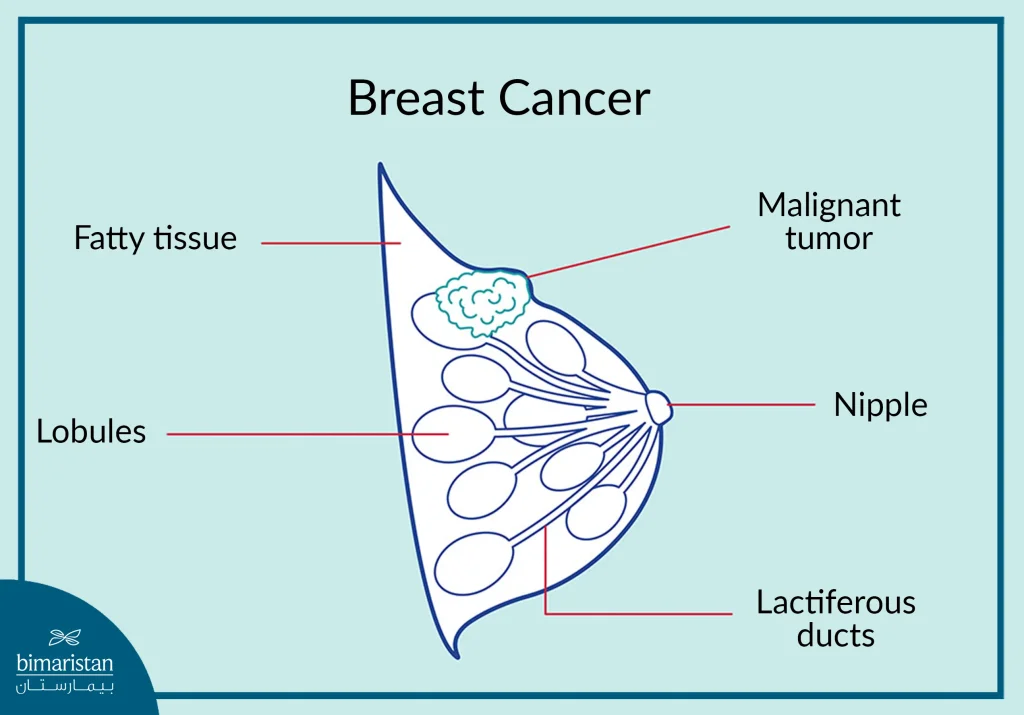
Methods of performing a mastectomy in Turkey
There are several types of this procedure in Turkey that depend mainly on the size and location of the cancer, including:
Total (simple) mastectomy
In which the breast is completely removed, including the nipple, the areola around it, the fascia surrounding the pectoralis major muscle, and most of the skin covering the breast. Some axillary lymph nodes may also be removed depending on the result of the sentinel node biopsy. The majority of women, after a total mastectomy, return home the day after the surgery.
Modified radical mastectomy
Also called a breast cancer removal and lymphadenectomy, it is similar to the previous procedure but is accompanied by the removal of axillary lymph nodes (axillary lymphadenectomy).
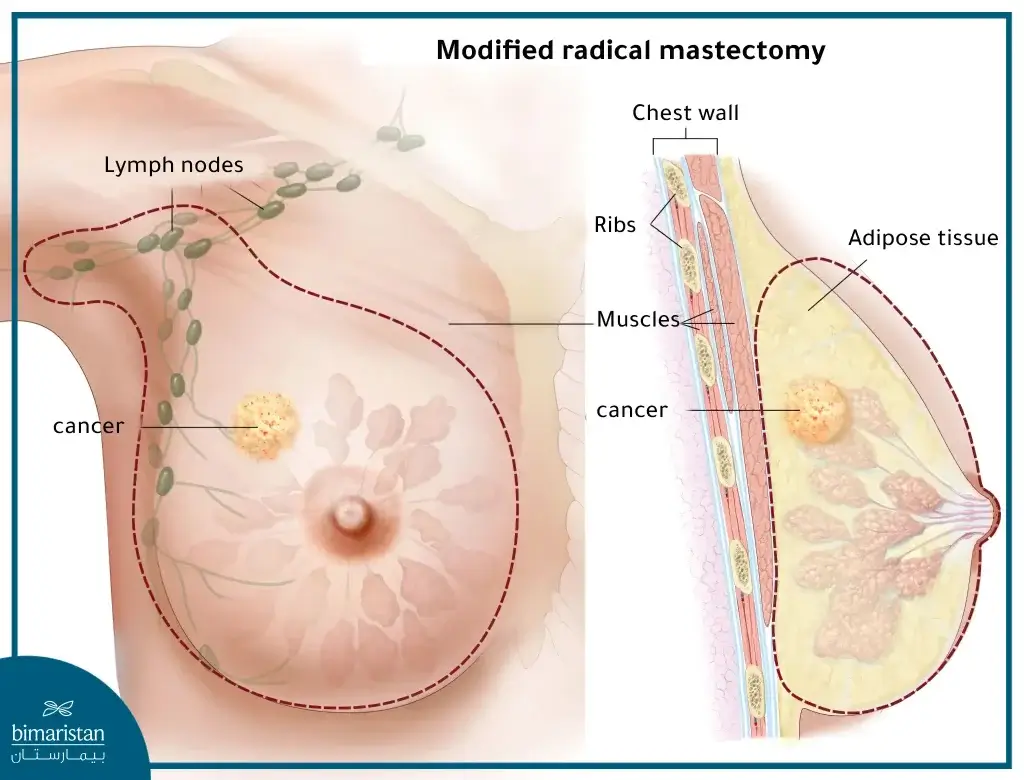
Radical mastectomy
This operation to treat breast cancer has become rare these days because it is too extensive, as it involves removing the entire mast along with the axillary lymph nodes and the pectoralis major muscle under the breast.
It was commonly used until an alternative was discovered with the same effectiveness and results but is less extensive and has fewer side effects, which is the “modified radical type.”
Skin-sparing mastectomy
Breast cancer is removed in a simple excision of the nipple and areola, but most of the skin covering the breast remains without removal. This type is effective in removing cancer from the chest, like a radical excision. It is resorted to when the doctor wants immediate breast reconstruction after its removal.
The vast majority of women prefer to do this procedure because it has better cosmetic results with a smaller scar and a breast that looks more natural. In general, this procedure cannot be done to treat breast cancer in cases that are large or close to the skin.
Nipple-sparing mastectomy
It is similar to the previous type and is sometimes called a skin-sparing procedure, as only the entire breast tissue is removed while keeping the nipple and areola. This process is followed by breast reconstruction as well.
The surgeon removes the breast tissue located directly under the nipple and areola and sends it for histopathology to ensure that it is free of cancer cells. Otherwise, the nipple and areola must be discarded.
Breast reconstruction after mastectomy in Turkey
Many breast cancer patients are concerned about the appearance of the breast after the tumor is removed. Fortunately, in most cases, breast reconstruction after surgery can be performed in Turkey to restore the patient’s natural breast size and shape.
Many women prefer to have this procedure performed simultaneously with the breast cancer removal procedure, while some choose to have it performed at a later time. You can talk to your doctor about the options available for breast reconstruction and when to perform it.
However, not all patients who undergo this procedure for cancer will have their breasts reconstructed. Alternative options include wearing breast-shaped prosthetics or special bras, or the patient may choose to live with flat breasts for the rest of her life.
How is mastectomy performed in Turkey?
Breast cancer removal is performed under general anesthesia, so the patient will be asleep and will not feel anything during the surgery.
- First, the surgeon makes a crescent incision around the breast from below – the location and shape of the surgical incision may vary depending on the type of operation.
- Then, he will remove the breast tissue along with the tumor, in addition to other parts that differ from one patient to another, and it will be sent to the laboratory to analyze the tumor after its removal.
- If the patient decides to have breast reconstruction at the same time, a reconstructive surgeon will continue the procedure and reconstruct the breast in the manner the patient chooses.
- Finally, the surgeon will place drainage tubes at the surgical site to drain fluids that may collect in the area; then, he will close the incision with sutures or adhesive strips.
Complications of mastectomy
Surgery to remove a cancerous breast may carry some risks, like other surgeries, such as bleeding or infection at the site of the operation. The complications are related to the type of operation performed (complex surgeries carry greater side effects).
Complications of breast lumpectomy can include:
- Pain, tenderness, or swelling at the site of the operation
- Formation of a hematoma or accumulation of clear fluid at the site of the wound
- Determine the movement of the arm or shoulder
- Numbness in the chest or upper extremity
- Swelling of the end corresponding to the removed breast when the axillary lymph nodes are scraped (lymphedema)
- Nerve pain is described as burning or gunshot-like pain in the chest wall, armpit, or arm that does not go away over time (postprocedure pain syndrome)
Although removing the entire breast is considered an effective and successful treatment for breast cancer, studies have shown that it is not superior to removing the entire breast, followed by radiotherapy, in improving the survival rate of breast cancer patients in the early stages.
Post-mastectomy
After the procedure is done, the patient with cancer is transferred to a hospital room to be closely monitored for a day or two. The doctor will decide whether the woman needs to continue treatment after the procedure with interventional radiology or with complementary chemotherapy to eliminate the remaining cancer cells.
Learn more about the methods of diagnosing and treating cancer in Turkey.
Most women who have undergone a double mastectomy can return to their normal daily activities within approximately four weeks, but it may take longer than that if the patient has had the breast reconstructed, and it may take up to several months in some cases.
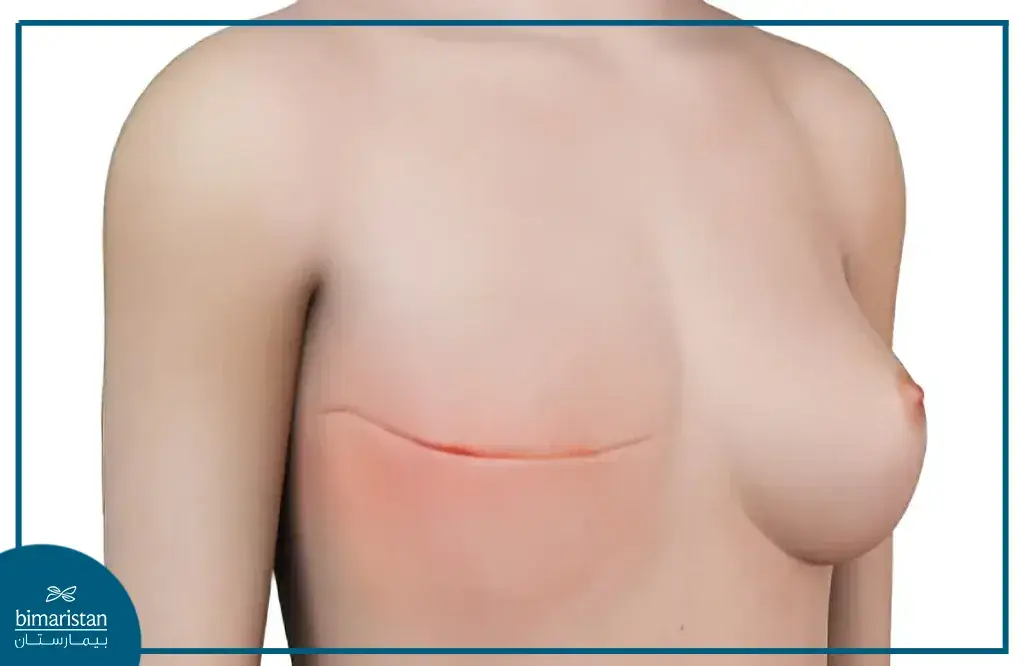
Tips after a mastectomy
After you have your breast removed, be sure to apply the following tips to speed up the healing process:
- Take a rest for a few weeks after the surgery.
- Make sure to take your medications as prescribed by your doctor. You can take oral pain relievers if you feel pain after the procedure.
- You must keep the operation site dry. You can take a sponge bath instead of a shower, for example.
- Regular exercise helps heal and restore normal shoulder and arm movement and prevents stiffness.
- Avoid strenuous work, such as lifting heavy objects, until your doctor allows you to do so.
- Do not hesitate to ask for help when needed, and contact your doctor directly if you feel unwell.
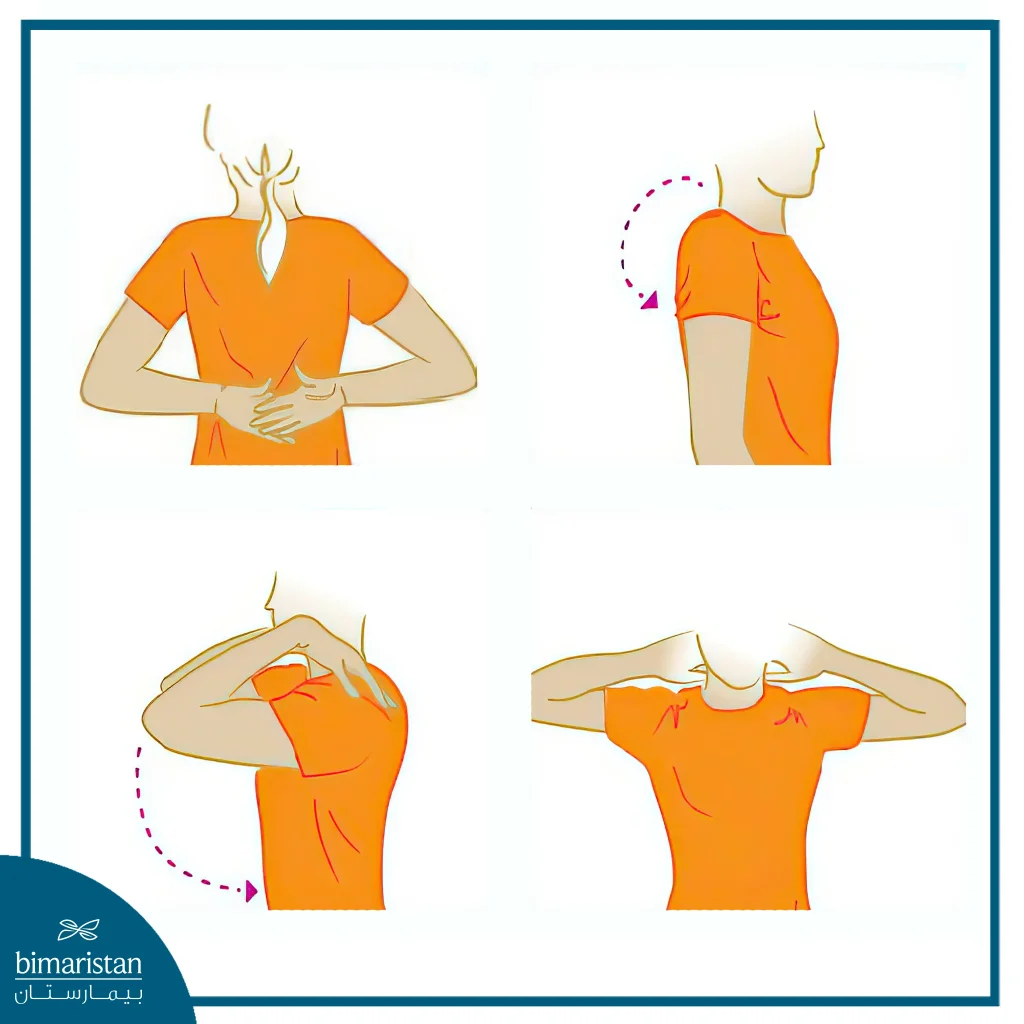
There are many surgical techniques for breast cancer removal, but they all aim to get rid of breast cancer permanently so that the patient does not worry about the cancer recurring again. At Bimaristan Medical Center, we are keen on the patient’s safety and put priority during the implementation of the surgery to ensure the patient’s health and psychological comfort in the future, and we do everything we can to avoid The occurrence of any complication after the operation and to act quickly and effectively when any emergency occurs.
Sources:
- American Cancer Society
- NHS
- Johns Hopkins
- Cancer Research UK

